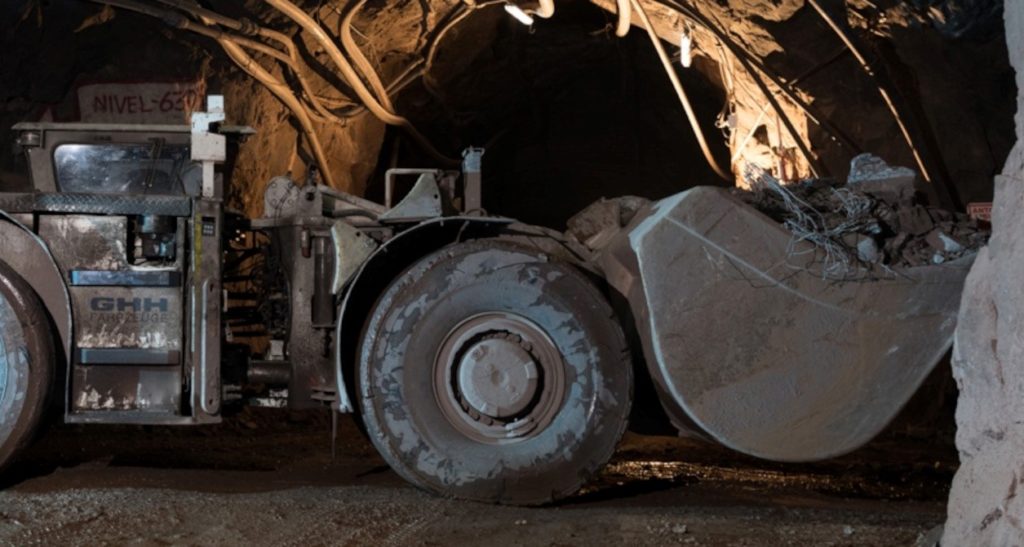The National Institute of Industrial Property has granted the University of Chile the third and last patent related to the autonomous navigation and loading system that its Advanced Mining Technology Center (AMTC) has developed for low-profile front-end loaders (LHDs) that are used in underground mining. Specifically, the patent corresponds to a method of assistance for the teleoperation of vehicles in tunnels.
This joins previously granted patents for the autonomous loading method and for the method of skidding estimation and collision detection with an ore pile and for the SNAS software, Underground Autonomous Navigation Software registered in the Department of Intellectual Rights. With this, a trio of patents and the registration of the driver software of the aforementioned system are completed.
The assistance method for mobile vehicles is made up of three elements: (a) a teleoperation interface, which consists of a unit with a console that allows the teleoperator to deliver teleoperation commands and a screen that allows the teleoperator to perceive sensory information of the machine and its environment; (b) a perceptual-motor module, in charge of obtaining the perceptual information of the environment, obtained from sensors carried in the machine, and in charge of carrying out the commands coming from the assistance module, which are transformed into the signals that the actuators of the vehicle will execute to carry out a task predefined by the teleoperator, and (c) an assistance module that implements an assistance method and that uses the teleoperation commands and sensory information to deliver optimised commands for the movement of the machine. The assistance module comprises the steps of acquiring variables through the perceptual-motor module, providing a route optimisation module and providing a command publication module that consists of sending the calculated commands to the perceptual-motor module.
As for SNAS, it is software for a navigation system for LHD loading equipment for medium-sized mining, which allows moving inside a mansion without the need for an operator to control it from inside or remotely, reducing the possibility of incidents. and accidents inside the mine. It is a system that allows you to take control of a mining equipment unit and navigate autonomously in areas previously mapped by it, plus it is adaptable to dynamic environments present in exploitation methods such as block/panel caving and sub-level stoping, based on the physical characteristics & the topological composition of the galleries. It also allows partial mapping of areas that are constantly changing.
The patent for this method lists as its inventors the AMTC researcher Javier Ruiz del Solar and the engineers Paul Vallejos and Carlos Tampier, part of the team that began in 2015 the development of a complete autonomous navigation and loading system for LHD machinery. This work was supported by the mining equipment OEM GHH and Minera San Gerónimo, which provided an LHD, and the 21 de Mayo mine where field tests resulted in the successful completion of the project that was presented in 2019 to other companies in the sector. The autonomous navigation and loading system is currently being validated in a German room and pillar mine.
The development of this autonomous system is aimed at benefiting medium-sized underground mining, since it allows the automation of existing LHDs, regardless of their manufacturer. This closes a gap in this matter with respect to large mines, many of which already have autonomous vehicles, but which were designed that way from the beginning by the manufacturers, which makes them very expensive and puts them out of the reach of medium-sized mining producers. The University of Chile will be the holder of this industrial patent until March 11, 2039. It is also pending in Australia, Peru and Argentina.











